Nestled in various corners of the globe, numerous ancient cities offer us remarkable insights into human history. These cities, often designated as UNESCO World Heritage Sites, are windows to the past, revealing the ingenuity, culture, and way of life of the civilizations that built them. Through preservation efforts, UNESCO ensures that these testaments to human achievement are protected for future generations to study, admire, and learn from. Join us as we journey through some of these wonders and uncover the stories they tell about our ancestors.
The Importance of Preserving Ancient Cities
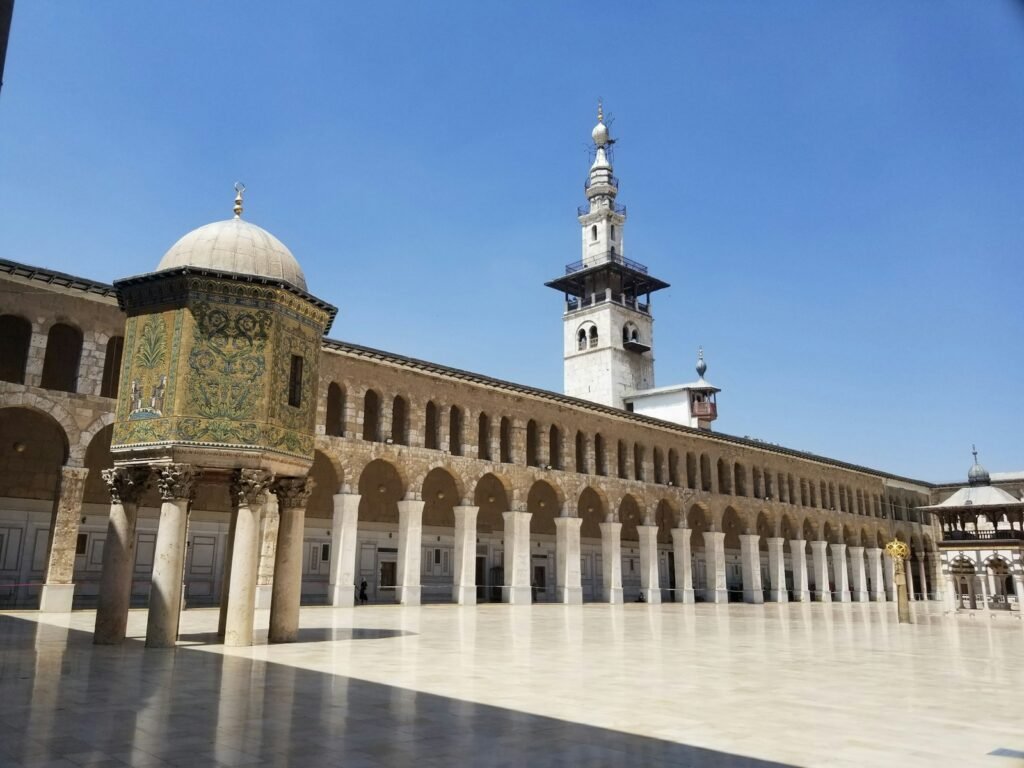
Preserving ancient cities is crucial for maintaining the world’s cultural heritage. These cities serve as tangible records of human civilization, reflecting our history, values, and technological evolution. By conserving these sites, UNESCO not only protects cultural diversity but also promotes education and sustainable tourism. The preservation of such sites allows us to explore our shared human history, offering lessons in innovation and adaptation against the backdrop of natural and human-induced challenges.
Machu Picchu – A Testament to Incan Engineering
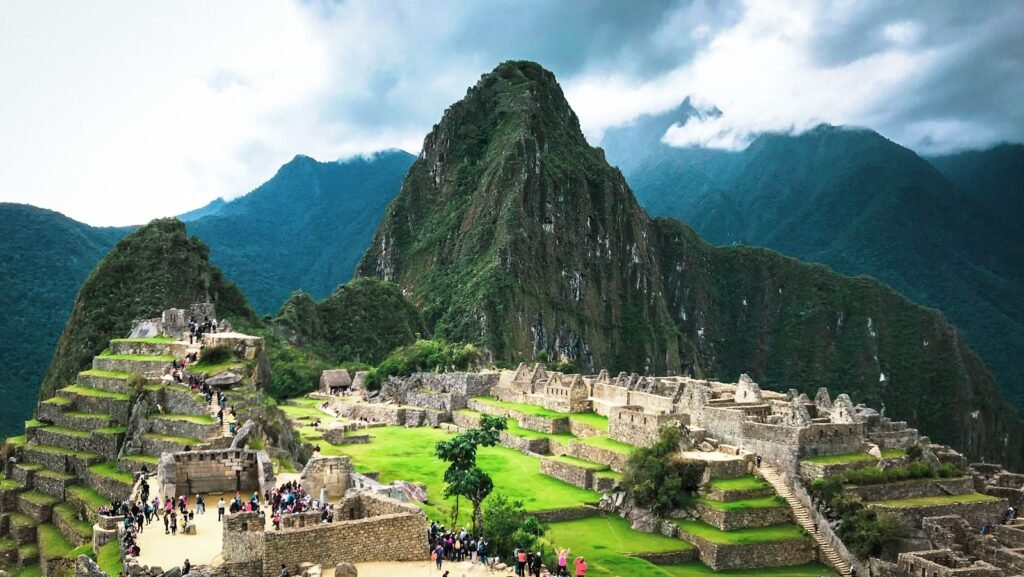
Located in the Andes Mountains of Peru, Machu Picchu is a striking example of Incan engineering prowess. Built in the 15th century, this city is renowned for its sophisticated dry-stone construction that incorporates huge blocks perfectly fit together without mortar. Machu Picchu serves as a symbolic site, illustrating the Incas’ familial structure and their deep connection with nature. As a UNESCO site, it highlights the necessity of integrating with the natural world, a principle still relevant today.
Petra – The Rose City of the Nabataeans
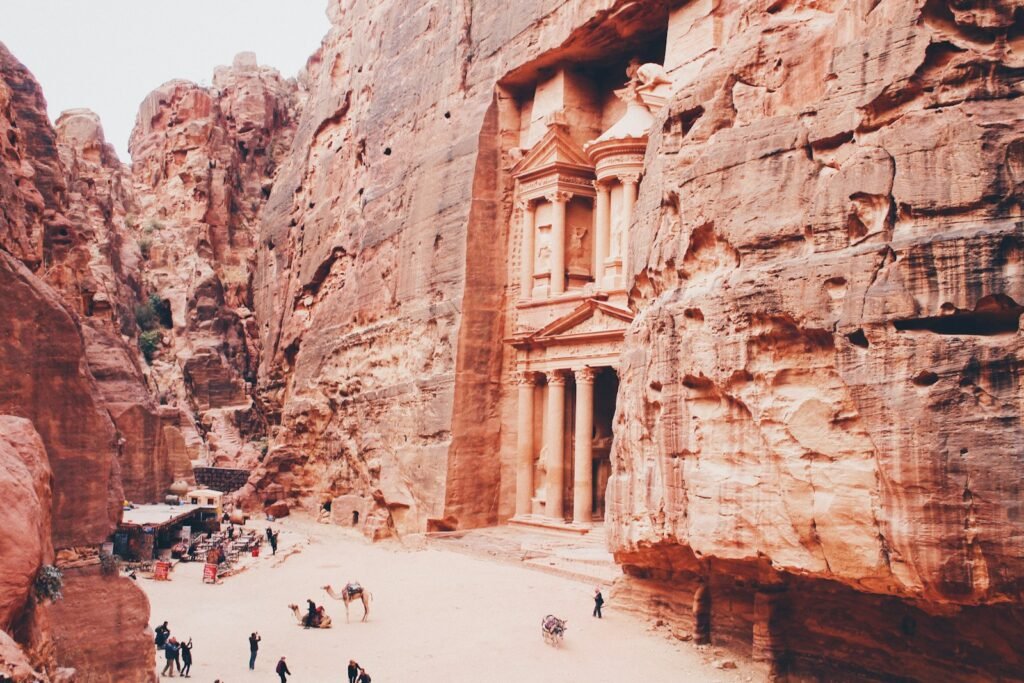
Carved into the red sandstone cliffs of southern Jordan, Petra was once a bustling metropolis and the center of trade for the Nabataean civilization. This city, often referred to as the Rose City, is admired for its impressive rock-cut architecture and advanced water management system. As a UNESCO site, it provides insight into the Nabataeans’ sophisticated approach to urban planning and their adaptation to arid environments. Petra underscores the importance of trade and cultural exchange in ancient societies.
Pompeii – A Snapshot of Roman Life
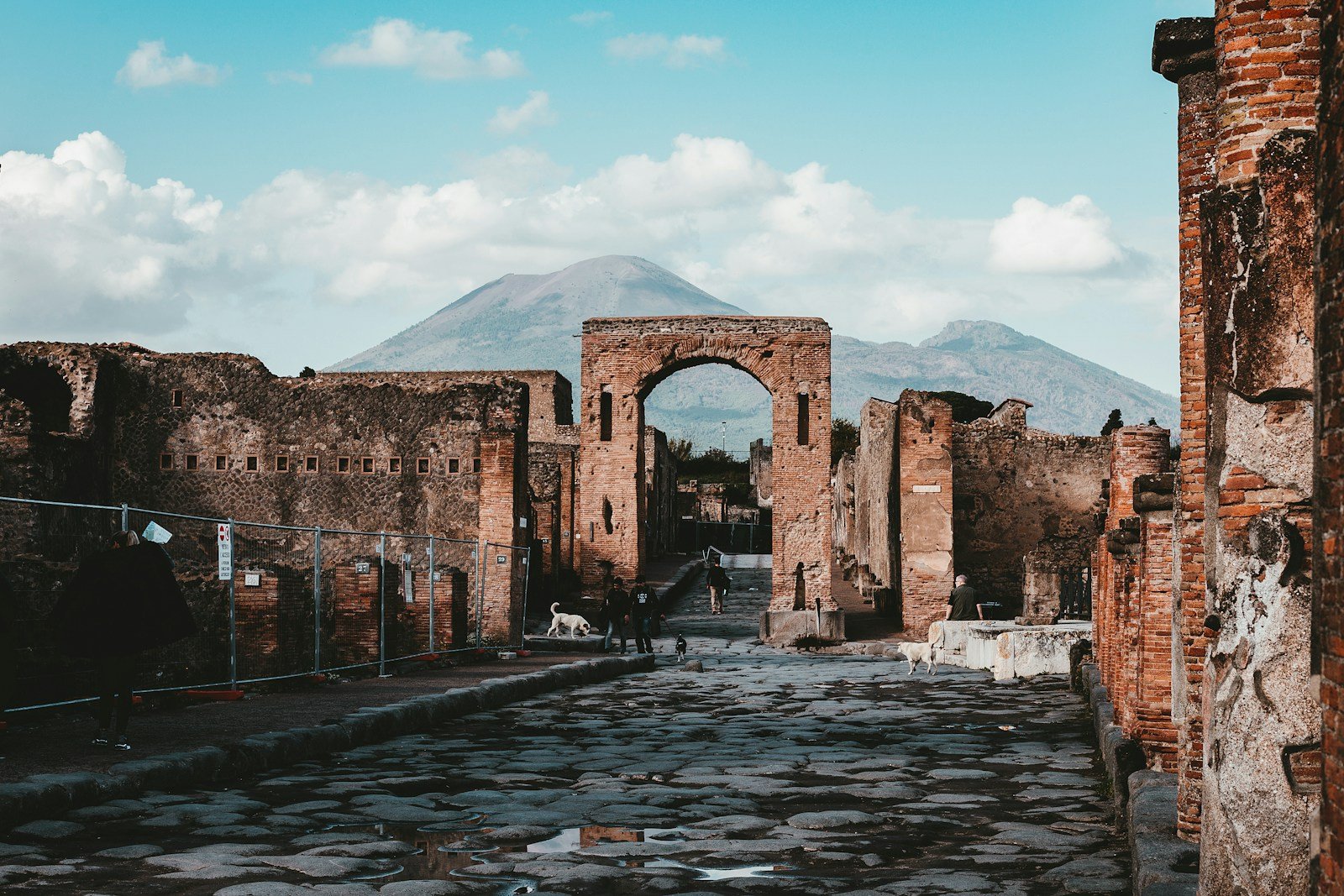
The ancient city of Pompeii, near modern-day Naples, offers a unique snapshot of Roman life frozen in time by the eruption of Mount Vesuvius in 79 AD. Buried under volcanic ash, the city provides remarkably preserved artifacts, buildings, and infrastructure. As a UNESCO site, Pompeii gives us unparalleled insight into the daily life, urban planning, and social hierarchies of the Roman world. Through its preservation, we can better understand Roman architecture, economy, and society.
Angkor – The Kingdom of Temples
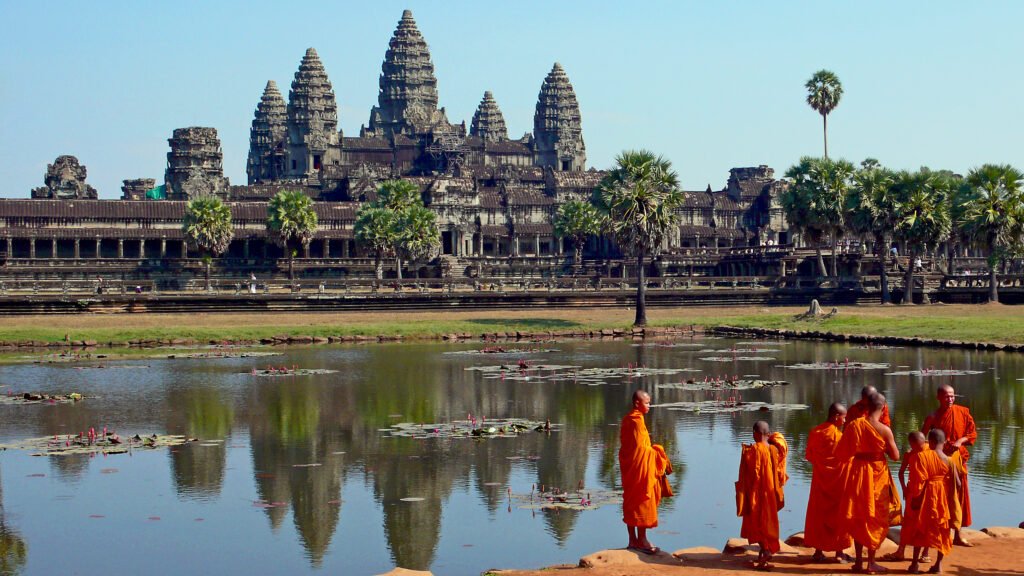
Angkor, in Cambodia, is the heart of the Khmer Empire’s architecture and culture. Known for its grand temple complexes, including Angkor Wat, this site illustrates the zenith of Khmer architectural design and the Hindu-Buddhist cultural fusion. Recognized by UNESCO, Angkor emphasizes the role of religion in ancient city development and how it shaped architectural innovation. It also demonstrates the advanced hydraulic systems used for irrigation and city planning.
Ancient Kyoto – Japan’s Timeless Elegance
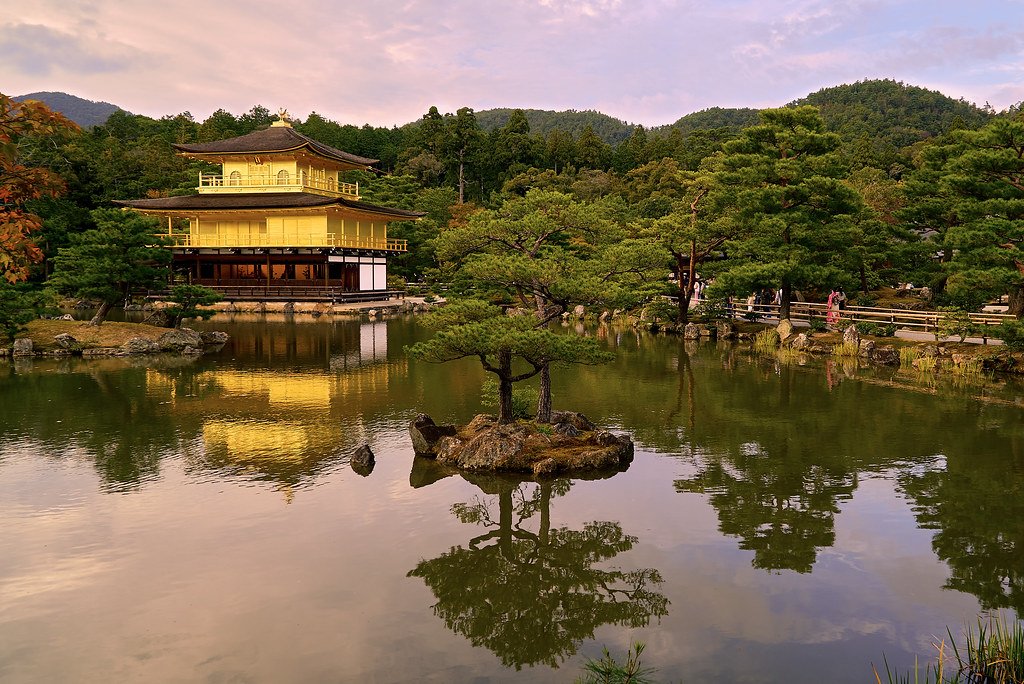
Kyoto, once the capital of Japan, is a city that epitomizes the rich tapestry of Japanese history and culture. Its ancient temples, traditional wooden houses, and serene gardens represent Japan’s aesthetic and spiritual values. As a UNESCO World Heritage Site, Kyoto showcases the evolution of Japanese architectural styles and their harmonious integration with the surrounding natural landscape. The city serves as a testament to resilience, having been preserved through centuries of social and environmental upheaval.
Great Zimbabwe – The Stone Enigma of Africa
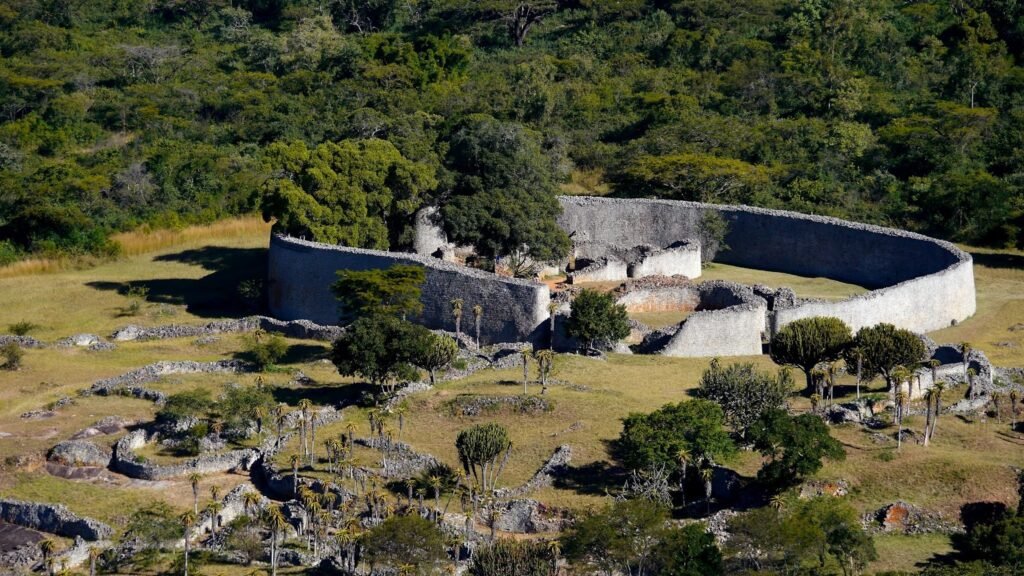
In southeastern Africa lies Great Zimbabwe, the medieval city of the Kingdom of Zimbabwe. This city is renowned for its dry-stone architecture, featuring elaborate stonework not common in the region. Recognized by UNESCO, Great Zimbabwe reveals the rise of power and wealth based on trade and agriculture in ancient African societies. It challenges preconceived notions about African civilizations, showcasing their complexity and contributions to global history.
Teotihuacán – The Mysteries of the Celestial City
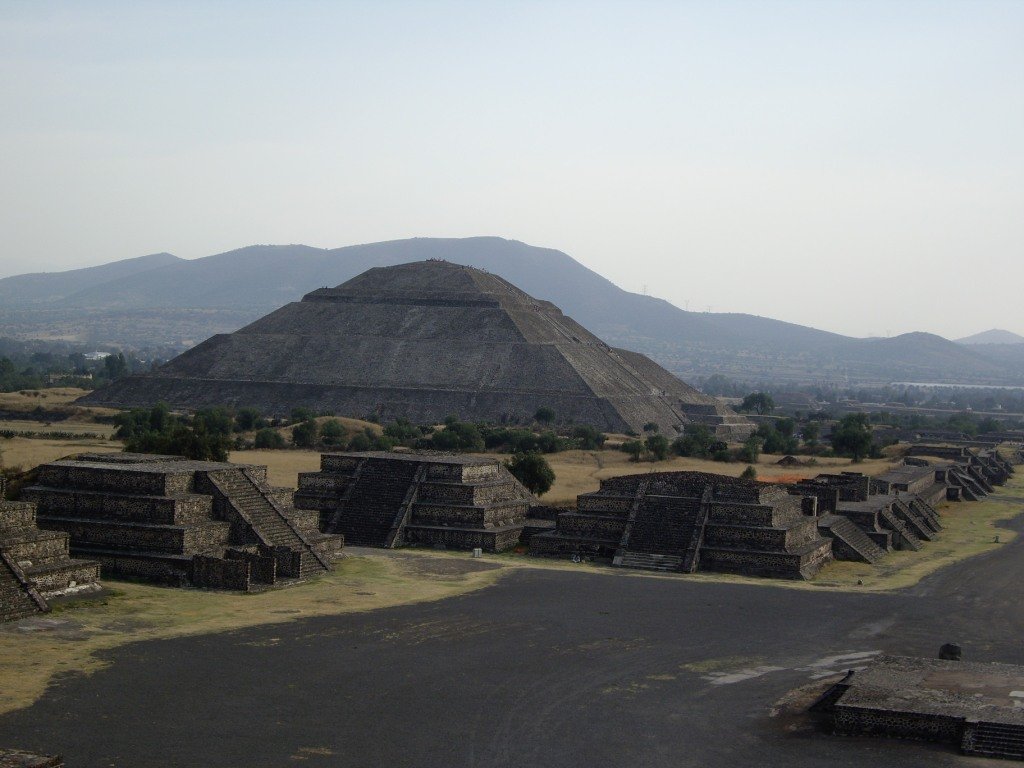
The ancient Mesoamerican city of Teotihuacán, located northeast of Mexico City, is a marvel of urban planning and architecture. Known for its monumental Pyramid of the Sun and the Avenue of the Dead, Teotihuacán reflects the sophisticated society that crafted it. Its incorporation as a UNESCO World Heritage Site helps unravel the mysteries of the culture, economy, and religious beliefs of its inhabitants, who influenced subsequent civilizations such as the Aztecs.
Cusco – The Historic Heart of the Inca Empire
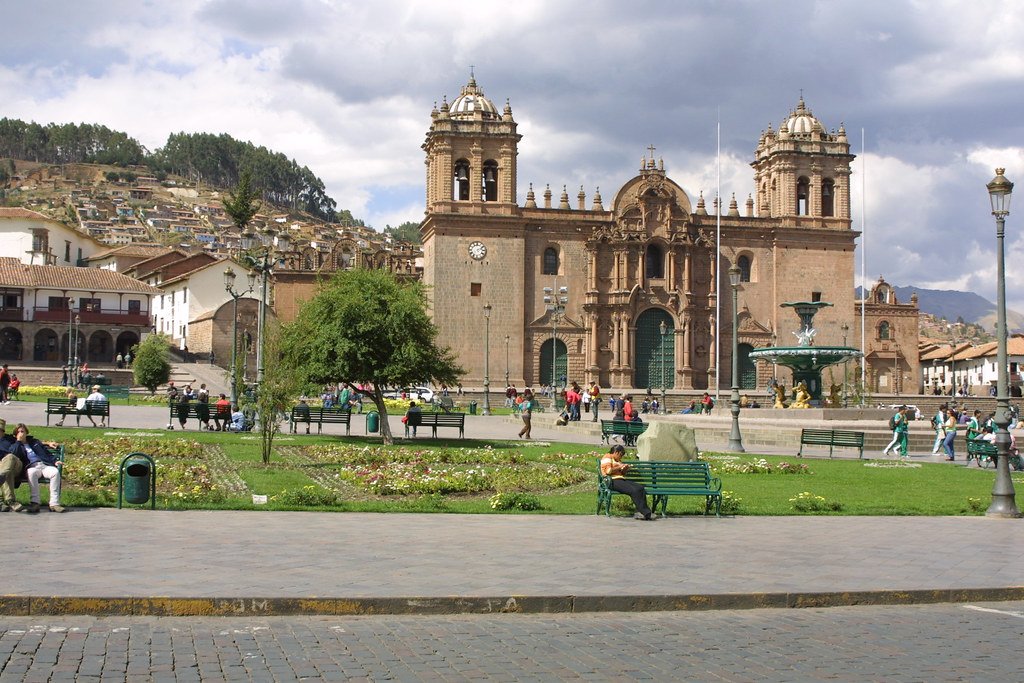
Cusco, the former capital of the Inca Empire, is a city where ancient Incan and colonial Spanish architecture coexist. Its UNESCO recognition highlights the city’s long-standing geopolitical and cultural significance. Cusco provides insights into the Inca’s sophisticated building techniques and their ability to blend with the Spanish colonial style, illustrating the fusion of indigenous and European influences that shaped modern-day Peru.
Athens – The Cradle of Western Civilization
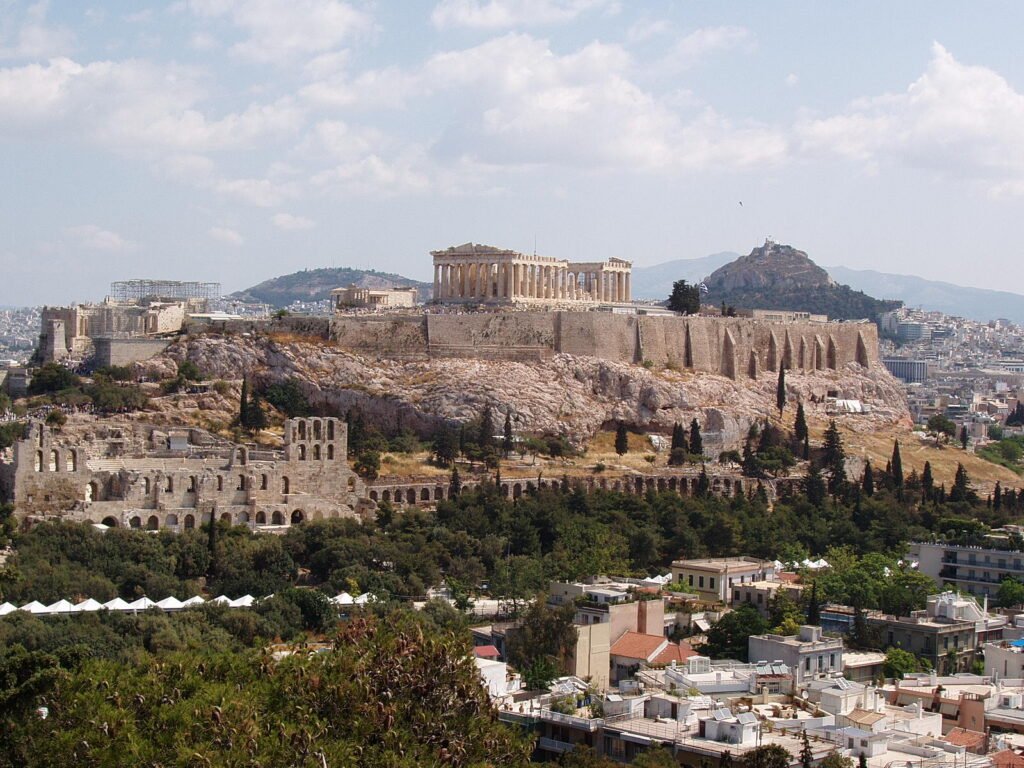
As the birthplace of democracy, philosophy, and the arts, Athens stands as a beacon of Western civilization’s origins. The Acropolis, a UNESCO World Heritage Site, houses the Parthenon and other historic structures, reflecting Classical Greece’s architectural genius and cultural achievements. Athens provides invaluable insights into ancient Greek society’s emphasis on public life, architecture, art, and intellectual pursuits.
Conclusion: Lessons from Our Ancient Past
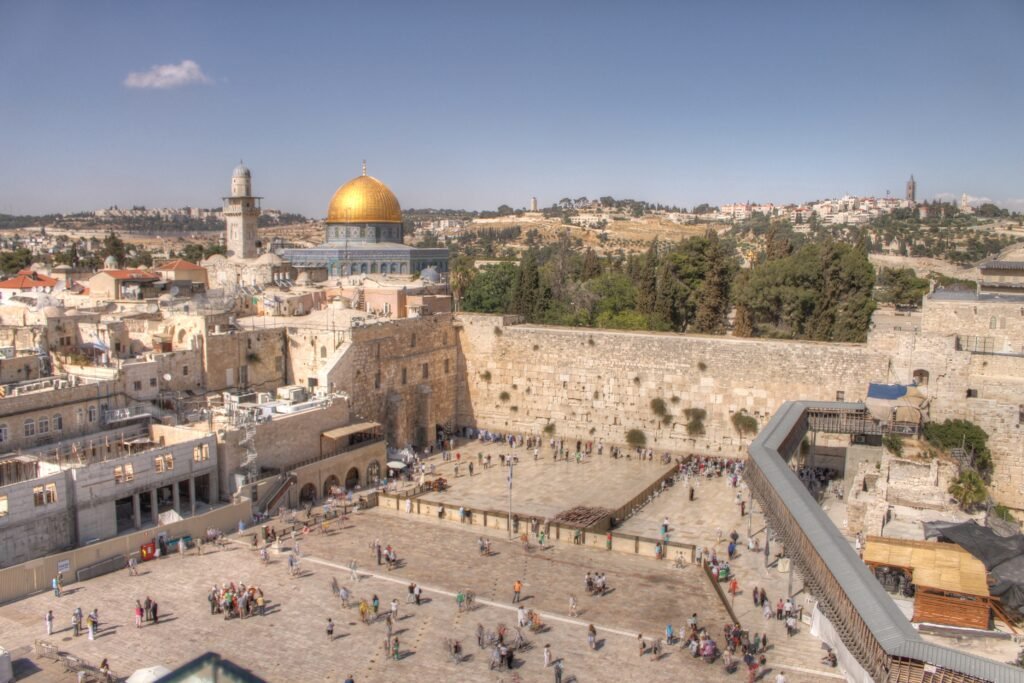
The preservation of these ancient cities, many protected as UNESCO World Heritage Sites, allows us to step back in time and gain a deeper understanding of our collective history. Each city tells a story of human ingenuity, resilience, and cultural evolution. By studying them, we learn about the diverse paths humanity has traveled, the challenges we have overcome, and the innovative spirit that connects us across time. These ancient wonders remind us of our shared heritage and the enduring legacy of human civilization, underscoring the importance of preservation for future learning and inspiration.




